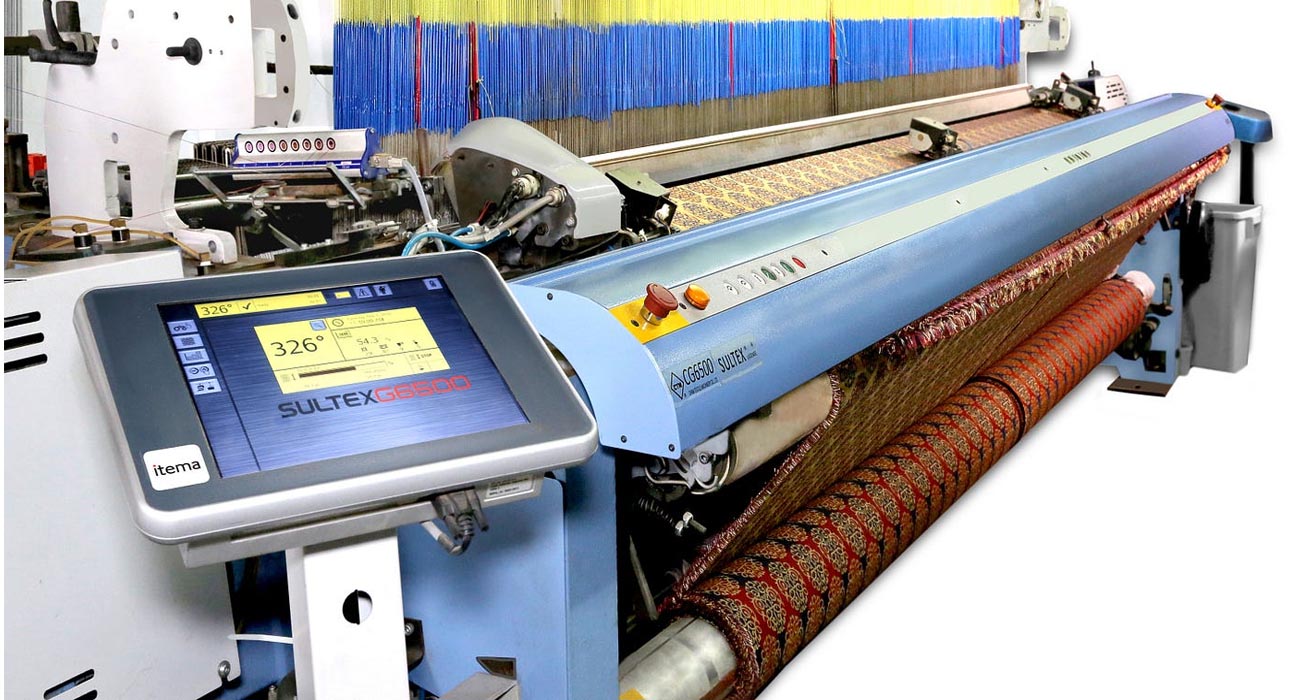
Power Loom Parts. A power loom is a mechanized loom and was one of the key developments in the industrialization of weaving during the early Industrial Revolution. The first power loom was designed in 1786 by Edmund Cartwright and first built that same year.
Before knowing more about power loom, you must have a clear idea about the loom and its types. So go and read our previous post on Loom.
Features of power loom:
-
- The production of strong looms is high.
- The weaving speed is high.
- This loom is usually made of iron and wood.
- The number of readings is much higher.
- Production capacity is much higher than manual.
- Having auto stop motion reduces fabric problems.
The motion of a Power Loom/ Loom:
The powered loom has three kiinds of motion;
Primary Motion.
-
- Shedding
- Picking
- Beat-up
Secondary Motion.
-
- Take-up motion.
- Let-off motion.
Auxiliary Motion.
-
- Weft stop motion.
- Tample motion.
- Warp stop motion.
Primary motions of the loom:
The primary loom motions include the following three operations:
- Shedding: The process of making a shed is called shedding. It is the process of separating the warp yarn into two layers to form a tunnel which is called shed, which is known as shedding.
- Picking: The method of passing the weft threads traversely through warp yarn is called picking.
- Beat up: The process in which yarns are sent to the fell of the cloth is called beat up.
These operations occur in a given sequence and their precise timing in relation to one another is of extreme importance.
Secondary motions of the loom:
The secondary motions facilitate the weaving of fabric in a continuous way. These include:
- Let off: This motion provides a warp sheet to the weaving area at the required rate and under constant tension by unwinding it from the weaver’s beam.
- Take-up: This motion draws fabric from the weaving area at a uniform rate to produce the required pick spacing and wind it onto a roller.
Auxiliary Motion or auto Stop motions of the loom:
Tertiary motion is not necessary for fabric production. But these motions are used in the interest of quality and productivity; stopping the loom immediately in case of some problem. The tertiary motions are:
- Warp stop motion.
- Weft stop motion.
- Reed stop motion.
The warp stop motion will stop the loom in case any warp yarn breaks, avoiding excessive damage to the warp threads. Similarly, weft stop motion will come into action in the absence of weft yarn and stop the loom.
Loom motion controls the fabric production. By using these motion weavers can produce different types of fabrics.
That’s all for now. If you have any questions, leave a comment below.
About the Writer
Md. Sujon Mia
BGMEA University of Fashion and Technology
Batch-201
ID: 201-042-811
